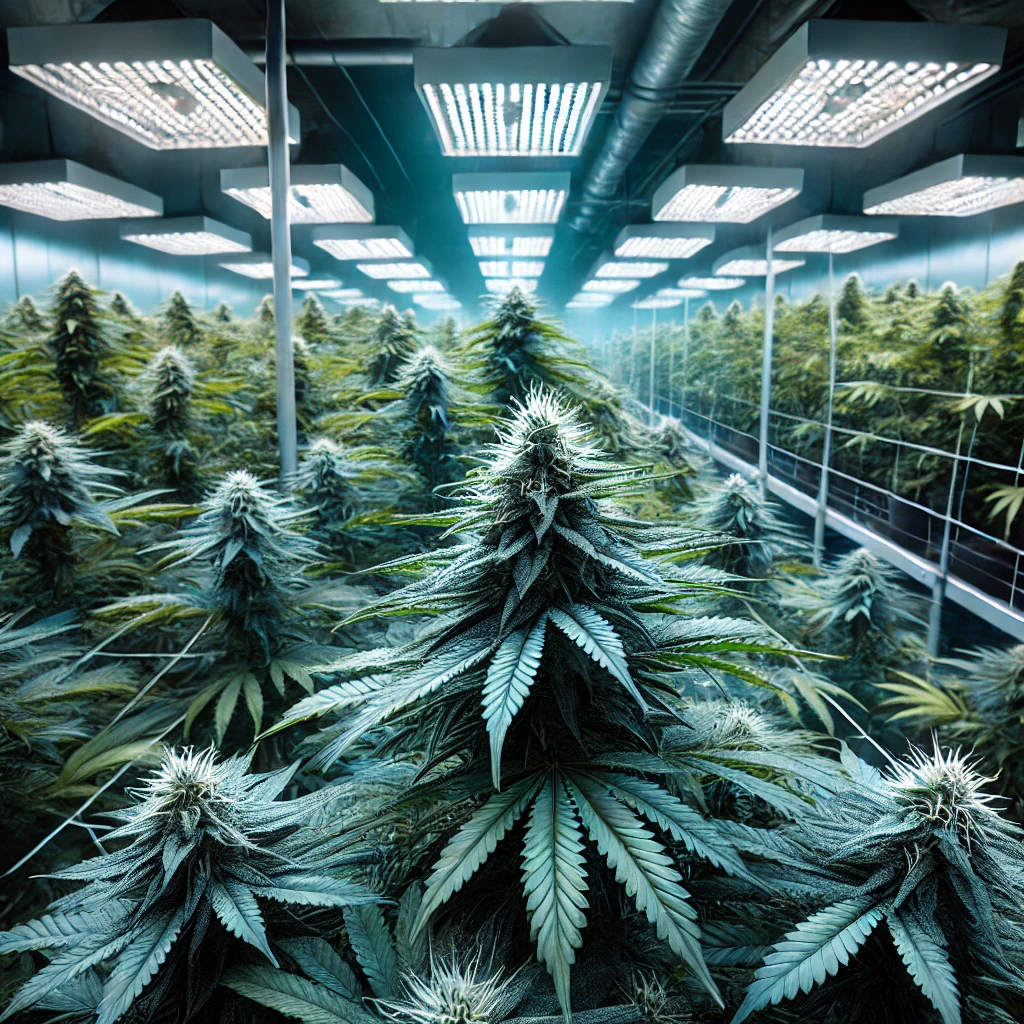How to remove botrytis from dried buds
Cultivation processes often receive meticulous attention from those who work with hemp, from seed selection to care during flowering. However, once the harvest is over, there are still critical stages that can determine the final state of the flowers: drying and curing. Not only are these moments essential for preserving texture and aroma, but they also represent a time when they need to be taken care of from diseases and silent enemies, such as botrytis. This fungus, also known as gray mold, can develop even after the cbd buds have been harvested and stored. The presence of internal humidity, combined with unsuitable environmental conditions, can trigger its appearance and ruin the entire crop. Understanding how to eliminate botrytis in dried buds requires a thorough understanding of its causes, its signs, and the strategies that allow it to be controlled before it compromises an entire harvest. Below, we’ll look at the aspects that growers take into account to prevent this common threat in their CBD flower crops. What is botrytis and how does it affect dried buds? Botrytis, commonly known as gray mold, is one of the most persistent silent enemies in the world of hemp cultivation. This pathogenic fungus has the ability to appear at different times of the process, from flowering to even after drying, when everything seems to be under control. In the case of already dried buds, their presence can be especially frustrating, as it affects flowers that had apparently passed all the critical stages of cultivation. The development of gray mold on dried flowers not only has aesthetic implications, but also compromises their integrity. Grayish spots, loss of firmness, and a musty odor are some of the most obvious indicators. According to recent scientific observations, this fungus does not need much to activate: it is enough for certain internal conditions to be generated within the bud for it to find a favorable environment and begin its expansion (Buirs et al., 2025). Characteristics of gray mold Botrytis cinerea is an opportunistic fungus. This means that it can lie dormant for days or weeks, giving no sign of its presence, until it detects enough moisture and heat to start growing. In studies on greenhouse cultivation, it has been observed that the most critical days for its appearance are between the fifth and sixth week of flowering. During this period, the inside of the buds usually registers higher temperatures and humidity levels than the general environment, thus favoring their appearance. Infected flowers lose their firmness, acquire a soft or brittle texture, and in some cases may show a thin, cottony layer of gray. This aspect is not only a visual issue: botrytis directly alters the structure of the flower, weakening its tissues and reducing its ability to preserve. Conditions that favor their appearance The appearance of botrytis does not occur randomly. There are a series of environmental and physical conditions that, when they coincide, create the perfect scenario for its development. The first key factor is residual moisture. Even if the drying appears complete on the surface, the inside of the flowers can still retain water, especially in particularly dense varieties. In fact, it has been recorded that the relative humidity inside the bud can be up to 15% higher than in the outdoor environment, and the internal temperature can increase 2.5°C above that of the greenhouse. This hot, humid microclimate is not easy to spot with the naked eye, but it creates a stable environment for botrytis spores to activate. Poor ventilation also plays an important role in this process. In spaces where air does not circulate fluidly, pockets of moisture form that, when trapped between the buds, serve as a starting point for infection. These situations are usually exacerbated during the summer and early autumn months, when outdoor conditions tend to be milder and wetter. That is why environmental control is essential during all moments of the process, even in the post-harvest stage. Small variations in humidity and temperature can trigger major problems if not identified in time. Common mistakes that increase risk The appearance of botrytis in dried buds is not always due to external causes. In many cases, certain errors during the handling and conservation of flowers can favor their appearance, even when the cultivation has been successful up to that point. This section discusses some of the practices that, although common, can generate conditions that activate the presence of the fungus. Improper or accelerated drying The drying process is a delicate stage that requires patience and control. When flowers are exposed to excessive heat or overly aggressive ventilation, the outer surface can dry out quickly, giving a false sense that the process is over. However, the inside of the bud can still retain moisture, and that internal difference becomes a risk factor. Over time, that trapped moisture can promote fungal formation, even weeks after drying. In addition, hasty drying can damage the flower’s natural aromatic and volatile compounds, reducing its integrity both in terms of preservation and quality. Failure to trim or cure Manicuring, i.e. the removal of small leaves around the bud, also influences the development of botrytis. If it is done very superficially, plant remains may remain that store moisture. On the other hand, if it is done too aggressively, the flower is directly exposed, facilitating its dehydration and weakening its structure. During curing, airtight storage without proper regular ventilation can cause moisture released by the bud to be trapped. This internal condensation generates the exact environment that botrytis needs to activate. That is why controlled aeration during the first few weeks is so important: it prevents unbalanced internal conditions from forming and protects the flower from possible infections. How to detect botrytis in dried buds One of the biggest difficulties associated with botrytis in dried flowers is that it is not always detected immediately. In the initial stages, the signs are discreet and can be mistaken for normal variations in appearance. The change in texture is usually one of the


